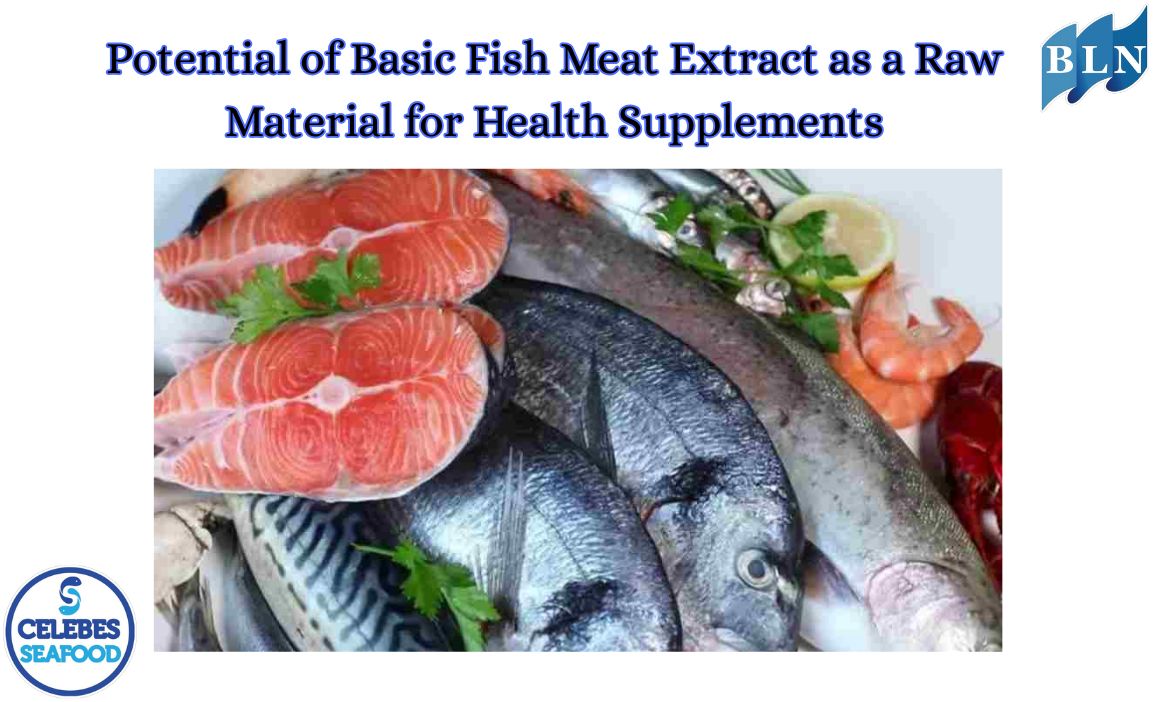Optimal Freezing Techniques to Maintain Sensory Quality of Groundfish Meat
By. Alfian - 26 Jun 2025
lautnusantaracom Freezing is one of the most effective preservation methods to maintain the quality of groundfish meat for a longer period. However, the key to maintaining sensory quality—such as texture, taste, aroma, and appearance—is to apply optimal freezing techniques. Improper freezing can cause cell damage, protein denaturation, and moisture loss, all of which negatively impact the quality of fish after thawing.
Here are some important techniques and considerations for optimal freezing of groundfish meat:
1. Initial Raw Material Quality
The foundation of a high-quality frozen product is the quality of the fresh fish before freezing. Fish should be frozen as soon as possible after catch, ideally while still in rigor mortis or soon after. Prompt and hygienic handling on board and on shore is crucial to minimize enzymatic and microbiological degradation.
2. Pre-Treatment (Optional)
Depending on the type of fish and the intended end product, several pre-treatments may be helpful:
- Washing and Cleaning: Make sure the fish is completely free of dirt, blood, or slime.
- Filet or Whole: Freezing as a fillet is often more efficient and reduces storage space, but whole fish sometimes retain moisture better if the scales and skin are intact.
- Icing: To prevent dehydration (freeze drying or freezer burn) and oxidation, the fish or fillets can be dipped in cold water (often with added antioxidants or cryoprotectants such as polyphosphates) to form a protective ice layer on the surface. This is a very important step, especially for long-term storage.
3. Freezing Speed
Rapid freezing is the most important factor in maintaining sensory quality. It minimizes the formation of large ice crystals within the muscle cells. Large ice crystals can damage cell walls, causing drip loss during thawing, and producing a tough or rubbery texture.
Rapid freezing methods include:
- Plate Freezing: Fish is placed between chilled metal plates. This method is efficient for uniform-sized products such as fillets.
- Blast Freezing: Cold air is rapidly circulated around the product. Effective for a wide range of shapes and sizes.
- Cryogenic Freezing: Uses liquid nitrogen or liquid carbon dioxide for very rapid freezing. This is the most expensive method but produces the best quality with minimal cell damage.
The target core temperature of the fish should be −18 ∘ C or lower as quickly as possible.
4. Frozen Storage Temperature and Stability
Once frozen, fish should be stored at a stable and consistent temperature, ideally −18 ∘ C or lower. Temperature fluctuations during storage (called temperature abuse) can cause ice recrystallization, where small ice crystals coalesce into larger crystals, damaging the cell structure and resulting in quality loss.
5. Packaging
Airtight and vapor-tight packaging is essential to prevent dehydration (freezer burn) and fat oxidation. The use of vacuum packaging materials or materials specifically designed for freezing can protect fish from exposure to oxygen and water vapor.
6. Thawing
Although not part of the freezing process itself, the method of thawing has a major impact on the final quality. Slow thawing in the refrigerator (chiller temperature) is best as it minimizes drip loss and textural damage. Rapid thawing under cold running water is also acceptable, but avoid thawing at room temperature or with hot water as this can accelerate bacterial growth and damage the texture.
By applying these techniques, the sensory qualities of the basic fish meat can be optimally maintained, ensuring a tasty and safe product for consumption.
If you are interested in our CORAL TROUT WGG WHOLE GILLED GUTTED, Coral Trout Fillet Skin On please do not hesitate to contact us through email and/or whatsapp.
.jpg)

 A Beautiful Yet Carnivorous Ornamental Fish.jpg)




.jpg)